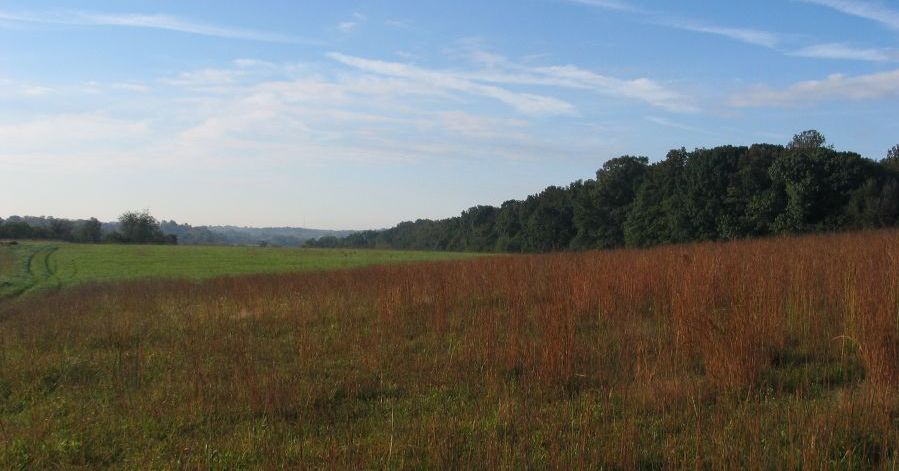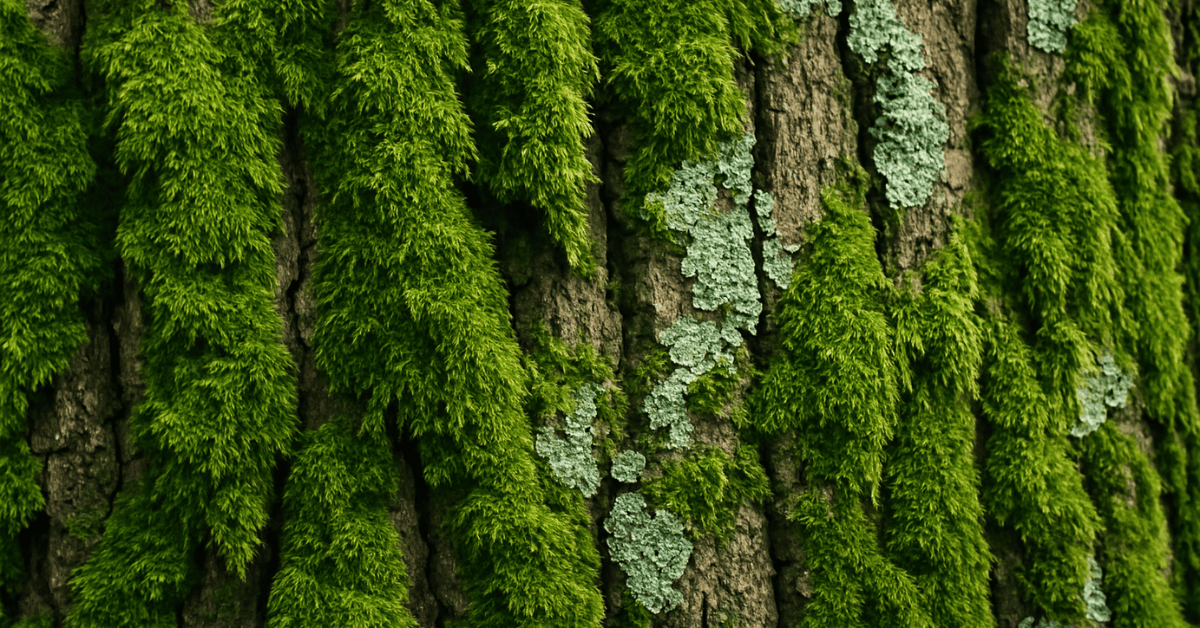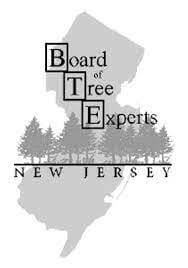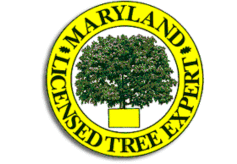At Strobert Tree Services, we care about the health of your trees. That includes knowing what fungi might be living on or near them. One strange but common fungus we see is called dead man’s fingers. Its scientific name is Xylaria polymorpha.
It grows on dead wood. It looks creepy. And it can tell us a lot about the condition of a tree.
Let’s take a closer look.
What do dead man's fingers look like?
Dead Man’s Fingers, or Xylaria polymorpha, is a strange-looking fungus that’s hard to forget once you’ve seen it. It usually grows in clusters, often in tufts of three to six fingers, and looks like swollen blackened fingers poking out of decaying wood. Each "finger" is 3–8cm in height, and they start out grey or brown, slowly blackening with age.
The shape is what really stands out—many say it resembles arthritic black knuckles or fused digits, giving the fungus its eerie name. These fruiting bodies are the visible part of the fungus, known as the ascocarp, and they contain tiny ascospores that help it spread. You’ll often find it at the base of rotting stumps or fallen trees, especially in damp, shaded areas.
While it looks creepy, it’s harmless and plays an important role in breaking down dead wood. If you’re out hiking and see these finger-shaped growths, now you’ll know what they are—and you might even impress your friends by naming them on the spot.
Where to find dead man's fingers
Dead man’s fingers grow on decaying hardwood. That means logs, buried roots, or tree stumps. You might see them at the base of a dying or dead tree.
They are not a sign of a healthy tree.
If you see this fungus on your property, it often means there is rotting wood underground or inside a tree. Sometimes, it’s hidden in the root system where you can't see the full damage.
Xylaria polymorpha is saprobic. That means it feeds on dead or dying wood. It helps break it down. This is a natural part of the ecosystem. But in an urban or residential setting, it can signal a hazard.
We see them often after a tree has been cut but the stump left in place. They might show up a few months later. They also like shady, moist spots—especially near mulch beds or wooded edges.
If you spot dead man’s fingers near a living tree, we recommend a professional checkup. There may be decay in the root system or trunk.
Taxonomy and Classification
Dead Man's Fingers belongs to the fungal division Ascomycota, a group defined by spore-producing structures called asci. Within this division, it falls under the class Sordariomycetes, order Xylariales, and family Xylariaceae. Its unique appearance inspired the name, which reflects its dark, finger-like shape.
The etymology of Xylaria comes from the Greek “xylon” for wood, fitting since it grows on decaying wood. This fungus has a long taxonomic history, with entries in sources like the Dictionary of the Fungi and the British Mycological Society’s GB Checklist of Fungi.
Over time, it has had various synonym information attached as scientists refined its classification. Though strange-looking, Xylaria polymorpha plays a role in breaking down wood, making it an important part of forest ecosystems.
Habitat and Distribution
Dead Man's Fingers is a strange-looking fungus found on six inhabited continents, including North America, the UK, Ireland, and mainland Europe. It usually grows in forest or woodland areas, especially where there’s plenty of decaying wood.
Value to wildlife
Even though they look spooky, dead man’s fingers play a helpful role in nature.
They help recycle nutrients by breaking down old wood. This supports healthy soil. That, in turn, helps plants and trees grow.
The fungus also provides shelter for insects and small creatures. Some insects feed on the decaying wood around the fungus. Others use the cracks and crevices to hide or lay eggs.
While birds and mammals don’t eat the fungus itself, they benefit from the improved soil and insect life.
So, while it might not look pretty, Xylaria polymorpha supports a bigger food web.
Just keep in mind: if it's growing on your trees, it may be time for a tree health check.
Human Uses and Cultural Significance
The fungus has a quiet history of human use, especially in traditional practices. Though not widely used today, it has appeared in Ayurvedic medicine in dried or powdered form. Some early sources suggest it was believed to support lactation and aid childbirth, though there’s little modern science to back those claims. In a few old remedies, the fungus was mixed with sugar to mask its bitter taste.
Contact Strobert Tree Services
At Strobert Tree Services, our certified arborists can evaluate the health of your trees, diagnose internal root decay, and spot fungal threats early. We offer expert tree pruning, trimming, removal, and full stump and root care. If you’re unsure about what you’re seeing or worried about tree safety, don’t wait. We’ll help protect your property and landscape with trusted service and honest advice.
Contact Strobert Tree Services today to schedule a tree health check and take the right steps for your yard.











